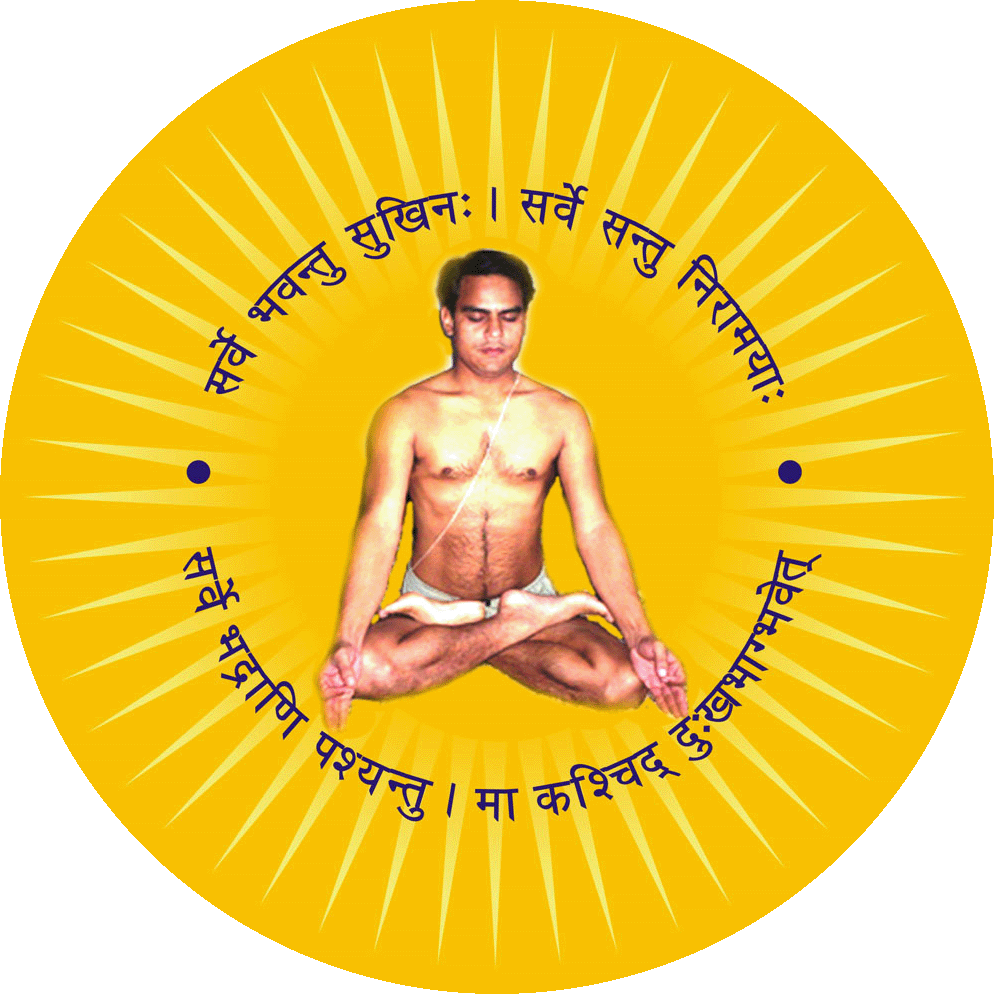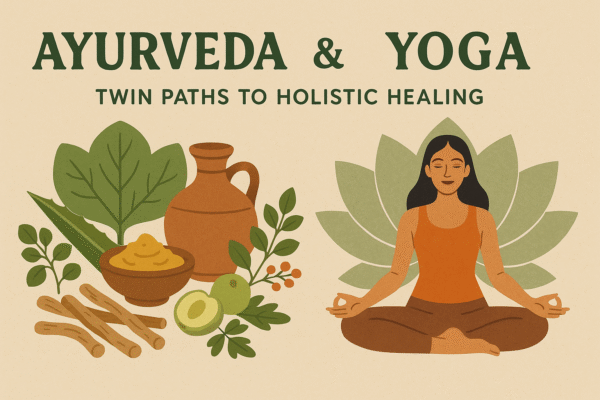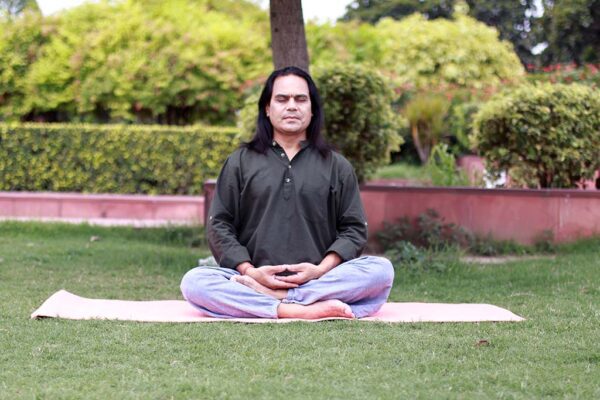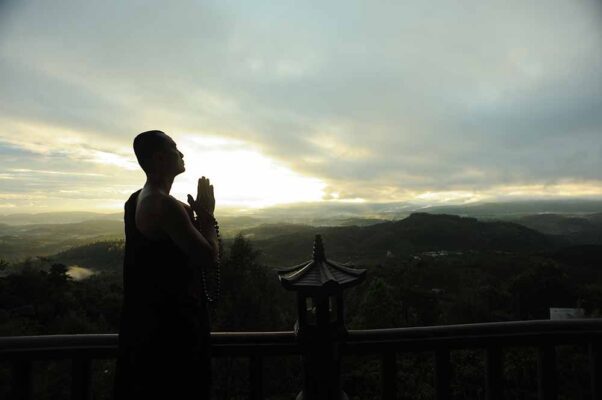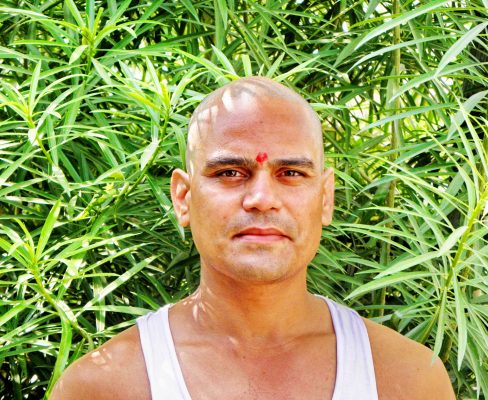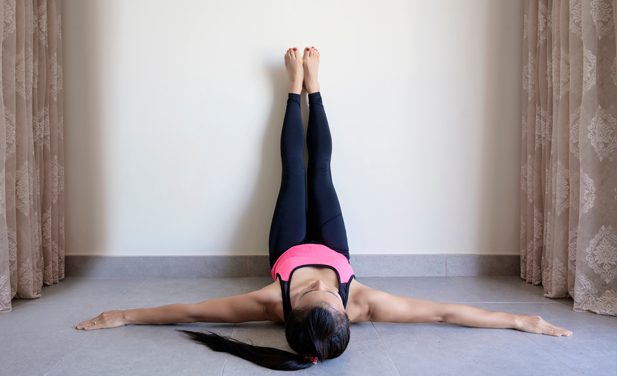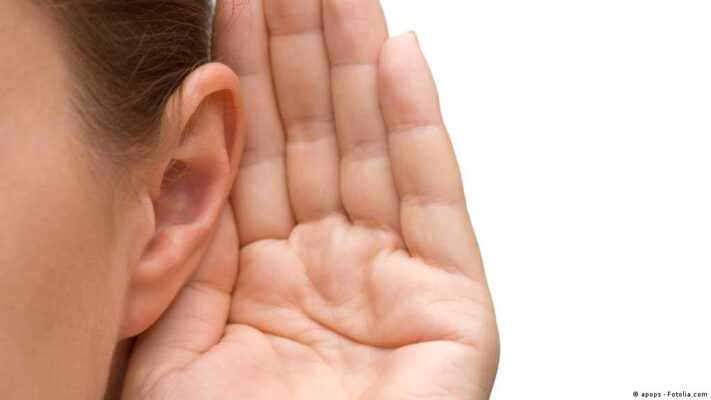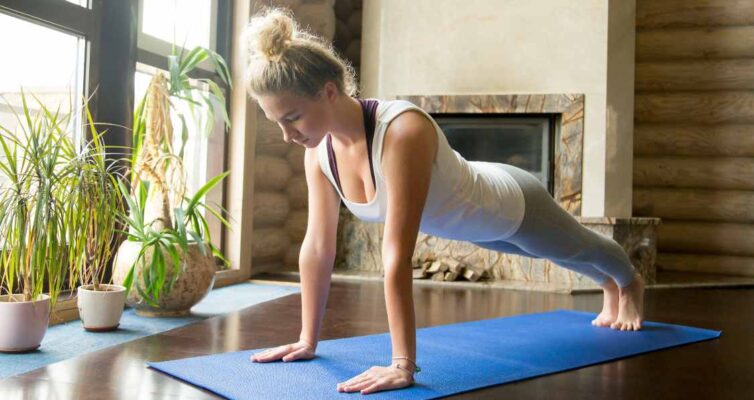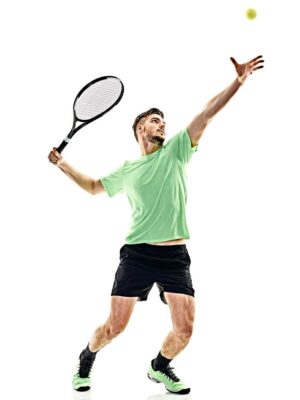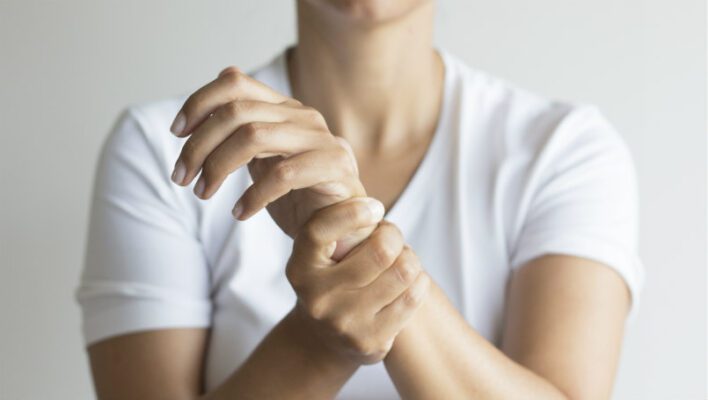Yoga asana is important in strengthening the triceps and biceps. These muscles are often not given the proper workout during normal daily activities. To improve this strength, yoga postures had recommended by personal trainers and fitness experts.
Triceps stretches are effective in releasing muscle tension and aiding recovery from injuries. They also promote better circulation and loosen connective tissues. By increasing flexibility and range of motion, triceps stretches improve overall fitness. There are much different yoga stretches to help you achieve the desired results.
Performing asanas for the triceps can be challenging, but a proper yoga routine can help strengthen and tone the muscles in this area. These poses are usually performed in a sequence and should perform slowly.
Pincha Mayurasana (Forearm Balance Pose)

One of the best Yoga asanas for Triceps is Pincha Mayurasana. This pose builds strength in the triceps by isometrically extending and contracting the muscle tissue. This position is essential for performing many yoga poses, including Downward Dog, Handstand, and Sirsasana. It also requires a certain amount of flexibility in the lower back, shoulders, and hips.
The forearm version of this pose is similar to an L-handstand or traditional handstand but requires more upper-body strength. In forearm versions, the legs extend like dandasana, and the forearms and knees use for balance.
To perform Pincha Mayurasana properly:
- Place yoga blocks on your mat.
- Set your body on all fours and place your forearms on the chair’s legs.
- Squeeze the chair’s legs with your upper arms. You can start by stretching your arms toward a wall if you have a tight shoulder.
If your shoulders are too tight, you can hang your arms by holding onto the wall or a strap.
When practicing Pincha Mayurasana, make sure your fingers are firm. To do this, hold the pose for at least 30 seconds. As a beginner, you will want to practice the position on the floor before trying it upside down.
Gomukhasana ( Cow Pose)

Gomukhasana is an excellent posture for the triceps and can be modified to strengthen their triceps. To perform the pose:
- Start by crossing your legs.
- Bring your hands behind your head while keeping your knees apart.
- If you have trouble doing this pose, use a strap or blanket to support yourself.
Gomukhasana is a good choice for strengthening the triceps because it stretches the backs of the arms, shoulders, and chest. It also improves your overall body posture and increases blood flow. However, it would help if you were sure to check with your physician before practicing this posture, as it can aggravate certain health conditions.
Another advantage of this yoga asana is that it is great for reducing stress and anxiety. Combining mental and physical practice helps lower your heart rate and blood pressure. The slow breathing pattern helps to calm your mind and relax your body. It would help if you practiced Gomukhasana regularly to see positive changes.
Before performing Gomukhasana, you should warm up in a few different poses. Holding a strap in your hands is an excellent way to loosen your arms and stretch them out. Once your shoulders have warmed up, you can begin the pose with one leg extended in front of the other. Once you have a loose and relaxed arm, slowly swing the strap up and behind your back until it reaches your head.
Phalakasana

One of the best Yoga asanas for triceps is the plank pose, also called Phalakasana. This posture strengthens the triceps, arms, hamstrings, and legs while increasing overall muscle definition and strength. It is also helpful for preventing back pain and helping people with postural issues.
Phalakasana is a foundational yoga pose that helps develop whole-body strength and tones the front body. Begin by assuming the dog pose, then roll onto your side, pressing your shoulders away from your ears and towards your hips. This pose also helps develop the strength needed to perform more advanced arm balances. As with other Yoga asanas, Phalakasana strengthens the muscles and improves the body’s flexibility.
To strengthen your arms:
- Practice this pose slowly and gradually.
- Always pay attention to proper form and alignment.
- Be careful not to strain the muscles or wrist joints during the pose. You should always warm up your body before performing any Yoga asana.
If you are new to yoga, be sure to start slowly. You may want to do several poses before advancing to the more advanced versions.
Chaturanga Dandasana (Four-Limbed Staff pose)

Chaturanga Dandasana is a powerful pose for the biceps and triceps. This posture also strengthens the muscles between the shoulder blades. It is important to note that this pose can be challenging if you do not have a strong core and arms. Practice will help you develop strength and focus in these muscles.
To practice the pose:
- Start in a plank position with your elbows directly over your wrists.
- Lower your body toward the floor while maintaining a flat back.
- Make sure that your shoulders, elbows, and chest align.
- Engage your leg muscles and abs to lift the chest toward the floor.
If you do not have a yoga block or are not confident enough to do the pose, you can place a block below your chest to provide support. A yoga block will keep your shoulders and lower back from getting stressed and straining. Alternatively, you can use a wall to support your chest.
Another alternative to Chaturanga Dandasana is the knees-chest-chin pose. This pose is a variation of the classic plank position. In this pose, you lower your knees and raise your upper torso. This position will help to stretch your lower back.
Vasisthasana (Side Plank Pose)

If you want to tone your triceps, try Vasisthasana. It’s a challenging arm balance exercise that stretches the arms, thighs, shoulders, and core. Practice proper alignment, balance, and concentration to benefit from this pose the most.
The first step is to do a Standing Forward Bend, which will warm up the hamstrings and prepare you for the Side Plank. Once you’ve warmed up enough, move into a full Side Plank. Once you’re ready, perform two full rounds on each side.
You’ll need to hold on to the left big toe with the left hand while reaching upward with the right arm. Then, root the left leg into the floor with the right hand and knee. Once you’ve done this asana, take a deep breath and rest in a resting pose. If you don’t feel comfortable with this, try Child’s Pose and try resting with your arms by your side.
This pose works the back of the leg and helps strengthen the triceps and biceps. It also improves concentration and focus. Be sure to avoid overextending your elbow joints. It would help if you kept your shoulders above your wrists, protecting your wrists and joints. As with any Yoga asana, try practicing this exercise for thirty to sixty seconds on each side.
Aside from the forearms, Vasisthasana also strengthens the shoulder and core muscles. This exercise is also good for reducing arm fat, especially if you have a lot of excess fat.
Urdhva Mukha Svanasana (Upward Facing Dog Pose)

A good way to develop your triceps is to do a Yoga pose called Urdhva Mukha Svanasana. Also known as up dog, this posture stretches the triceps, shoulders, and back. This pose also relieves anxiety, sciatica, and mild depression. It can also increase breathing capacity and strengthen your core muscles. However, you should not practice this pose if you are pregnant or suffer from other health problems.
The name Urdhva Mukha Svanasana comes from the Sanskrit words urdhva and Mukha, which mean “face” and “dog,” respectively. While practicing this posture, you will be bending your elbows and shoulders. It would help if you also spread your palms beside your lowest rib.
You should be able to perform this yoga pose at home, but practicing it in a yoga studio is also recommended. A yoga trainer will help you learn the correct form for this pose and make it more effective. To help you benefit from this pose, you should also practice the Upward Dog Pose, which helps stretch the wrists, improve blood circulation, and strengthens the muscles.
Conclusion
Practicing yoga for the triceps is an effective way to strengthen the arm muscles. Most yoga poses require you to raise your arms in front of you or reach up overhead. It doesn’t give your triceps much workout, but they are critical for stabilizing and strengthening poses.
While yoga is an excellent way to strengthen the triceps, you should also consider its spiritual implications. Many poses had based on Hindu practices, which involved worshipping the gods. Because yoga involves a low-impact workout, it is accessible to people of all fitness levels.
Yoga can incorporates into a workout routine as a warm-up and cool-down exercise. It also activates the parasympathetic nervous system, which helps you relax.
